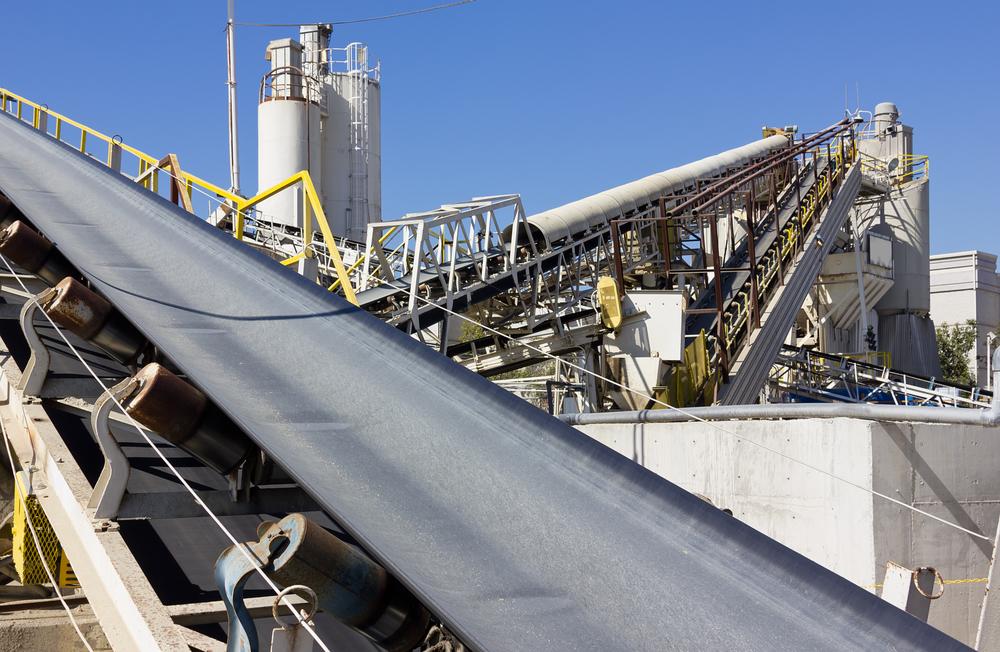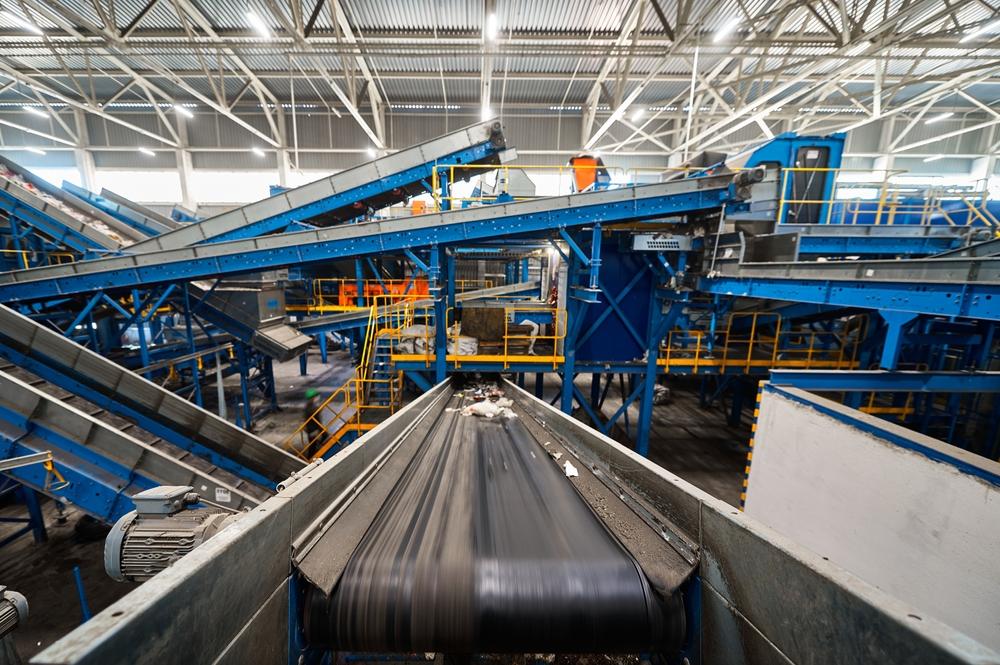Bearings on belt-driven machinery are vulnerable to damage and failure due to incorrect belt tension. For optimal performance and longevity, belts must be tightened to certain specifications. In this article, we will look at how improper belt tension can strain and damage your equipment, how to use a belt tensioner gauge, and how to adjust belt tension with a belt tensioning tool.
Why Improper Belt Tension is Detrimental
When belts do not have the proper tension, they can cause damage to your equipment, pulleys, bearings, and motor. This damage can happen anytime, wasting dozens of man-hours and halting productivity. Being forced to prematurely replace belts, pulleys, and even shafts or motors can also disrupt your maintenance schedule and lead to costly repairs.
What Happens if the Belt Is Too Tight?
When a belt is too tight, the shaft can pull to one side, making it internally off-center. This imbalance puts excessive load on the bearings, causing them to fail early.
A shaft that is bowed or bent from over-tightening can also lead to further damage to other components, as the added stress can create over-amperage of your motor and potentially cause motor failure.
What Happens if the Belt Is Too Loose?
If a belt is too loose, the belt is at risk of slippage. Belt slippage occurs when the belt and the pulley do not have a firm grip. This, in turn, reduces the power transfer from your motor, decreasing efficiency and wasting energy. The friction from these slips can also generate massive amounts of heat, damaging the belts and the machine, or even starting a fire.
A loose belt can also lead to premature failure of the belt itself, as well as the bearings. For this reason, it’s important to watch out for common signs of a loose belt to avoid belt slippage and misalignment. These signs can include:
- Belt cracking or pieces breaking off
- Belt squealing during start-up
- Hardened belt appearance
- Over amperage of your motor
- A worn front motor bearing
- Pulleys wearing out prematurely
Maintaining proper belt tensions with regular inspections and maintenance is imperative to prevent these problems.
Signs Your Bearings May Be Damaged
Bearings fail for various reasons, sometimes from normal wear and tear but other times prematurely from other causes. Inadequate lubrication, either not often enough, too much, or the wrong type of lubrication, is the number one cause of premature bearing failure.
However, improper belt tension is another common cause of bearing failure. Here are three common signs that your bearings are damaged and need to be replaced:
- Vibration: If the raceway is damaged by abrasion, the balls or rollers will bounce around the raceway, increasing vibration levels. All machines vibrate during operation. However, as bearings wear down and begin to fail, the volume of vibration rises significantly from the baseline vibrations.
- Excessive Noise: If your bearing is suddenly extra noisy during operation, it has likely degraded and needs to be replaced. This excess noise comes from the rollers or balls bouncing around or rattling along the raceway.
- Hot Operating Temperature: Bearings heat up during operation, but if the raceways are damaged (or unlubricated), the bearing will experience excessive friction heat. While a machine may experience temperature increases when first starting up or after a greasing, anything out of the ordinary should be investigated as soon as possible.
Maintenance technicians should record operating vibration, noise, and temperature to establish baseline operating condition data. Maintenance routines should compare new data to baseline data and watch for anomalies in these categories. If you notice excessive vibration, noise, or temperature in operation, then the bearing has almost certainly failed and will require immediate replacement to avoid catastrophic equipment failure.

3 Methods for Belt Tension Measurement and Alignment
Measuring and aligning a belt correctly is the best way to avoid an over-tightened or loose belt. In order to do so, you’ll need to know the different methods of how to measure belt tension.
1. Force Deflection Belt Tension Method
V-belts can be tensioned with a force deflection method or a frequency meter. Analog tension gauge results can then be compared to a V-belt tensioning table to determine the level of tension.
A pencil gauge tool is inexpensive and reliable but can be rather time-consuming. It requires a lot of measurements and calculations. Generally, our customers prefer using analog tension gauges instead due to their accuracy and relatively low cost.
2. Belt Frequency Meter V-Belt Tension Method
IBT’s preferred belt tension measurement method is using a belt frequency meter because of its precision and time efficiency. Its incredible accuracy will ensure your machinery is measured at the exact specifications required, allowing for belt longevity.
While a belt frequency meter is more expensive, the high initial cost is typically offset by the saved labor hours of manually calculating belt tension with analog gauges.
3. Belt Sheave Alignment Tool
Alignment can also have significant effects on bearing wear and tear. A sheave alignment tool is the best way to ensure your belt is properly aligned. Many of these tools use lasers to project and receive information and show alignment. By aligning the lasers, you can achieve perfect alignment.
Need Help with Industrial Belt Alignment and Tension?
IBT’s Facility Maintenance Services Division is here to help align and tension belts up to the correct standards. Our professionals can identify the root cause of belt and bearing issues, ensuring your equipment is at its most optimal performance level.
We offer the following services:
- 24/7/365Troubleshooting and Repair Service
- Vibration Analysis
- Dynamic Balancing
- Precision Laser Alignment
- Bearing, Coupling, Sheave Installation
- Predictive and Preventive Maintenance
- Equipment Inspection and Performance Analysis
- Failure Analysis
- Component Repair and Overhaul
- Mechanical Upgrade and or Reconfiguration
- Facility Maintenance Assessment
- Infrared Thermography
To learn more about our products and services, contact us today!





